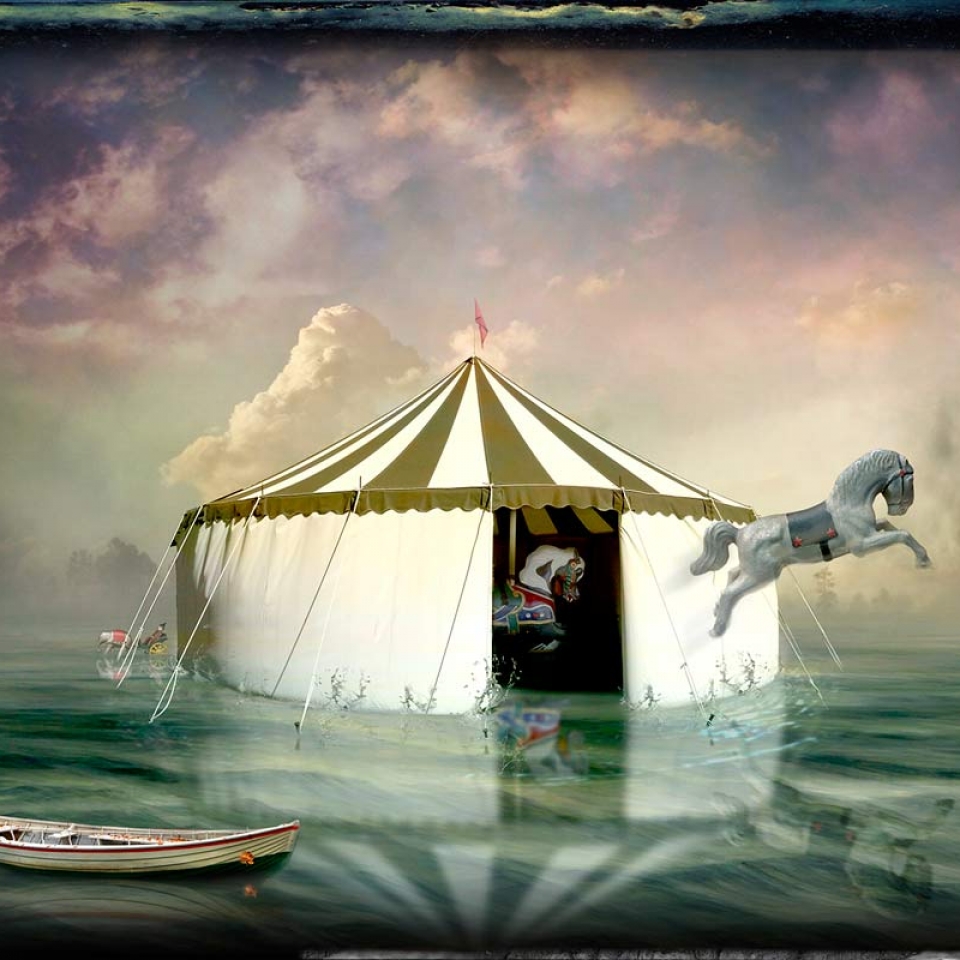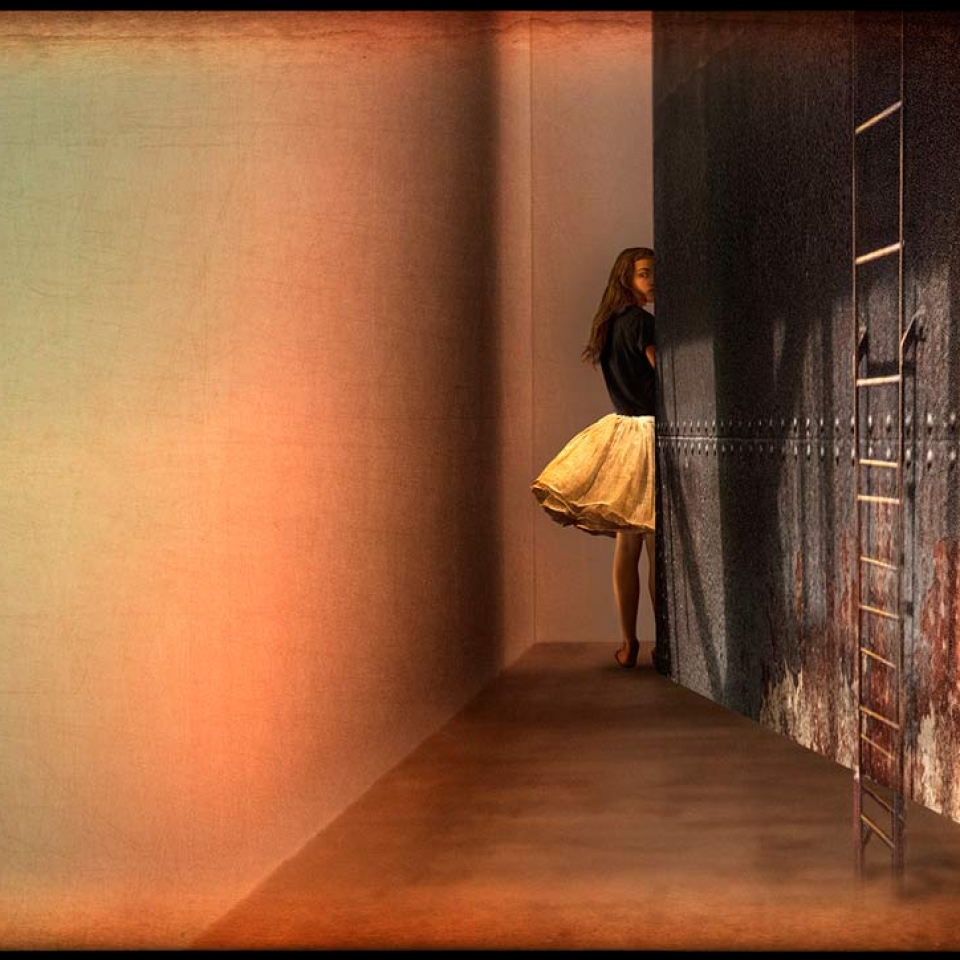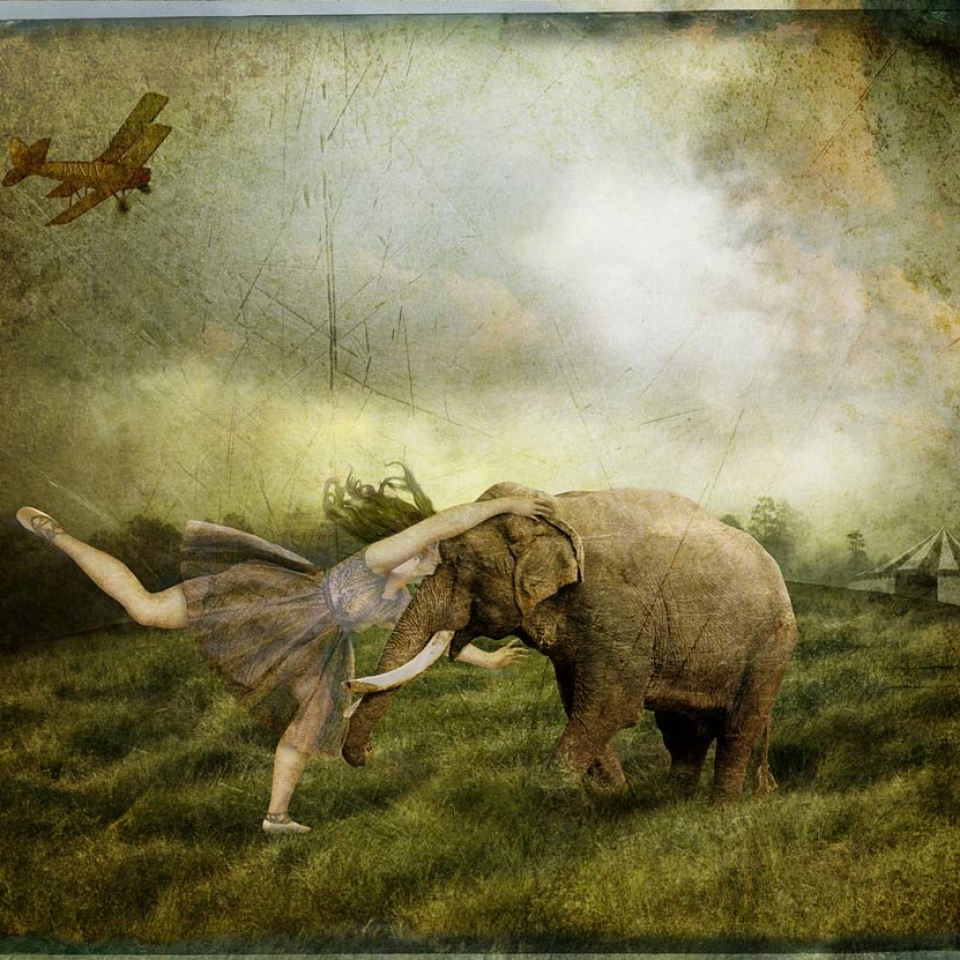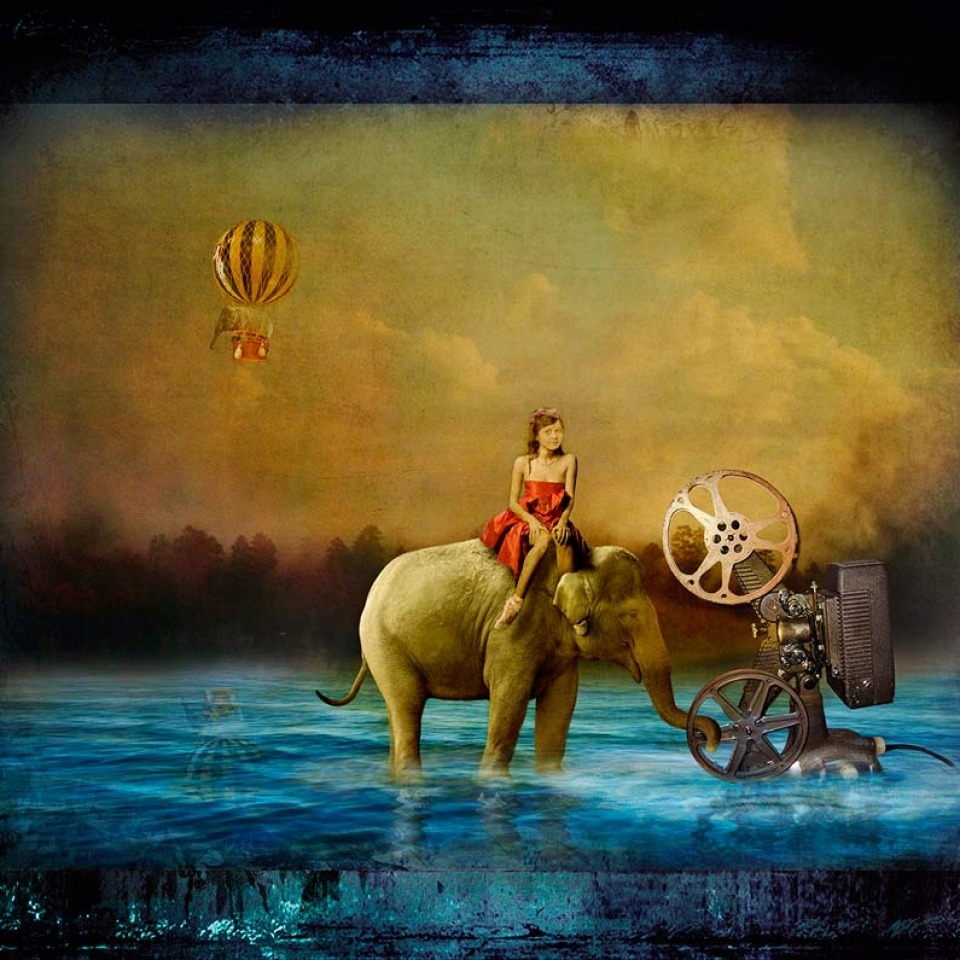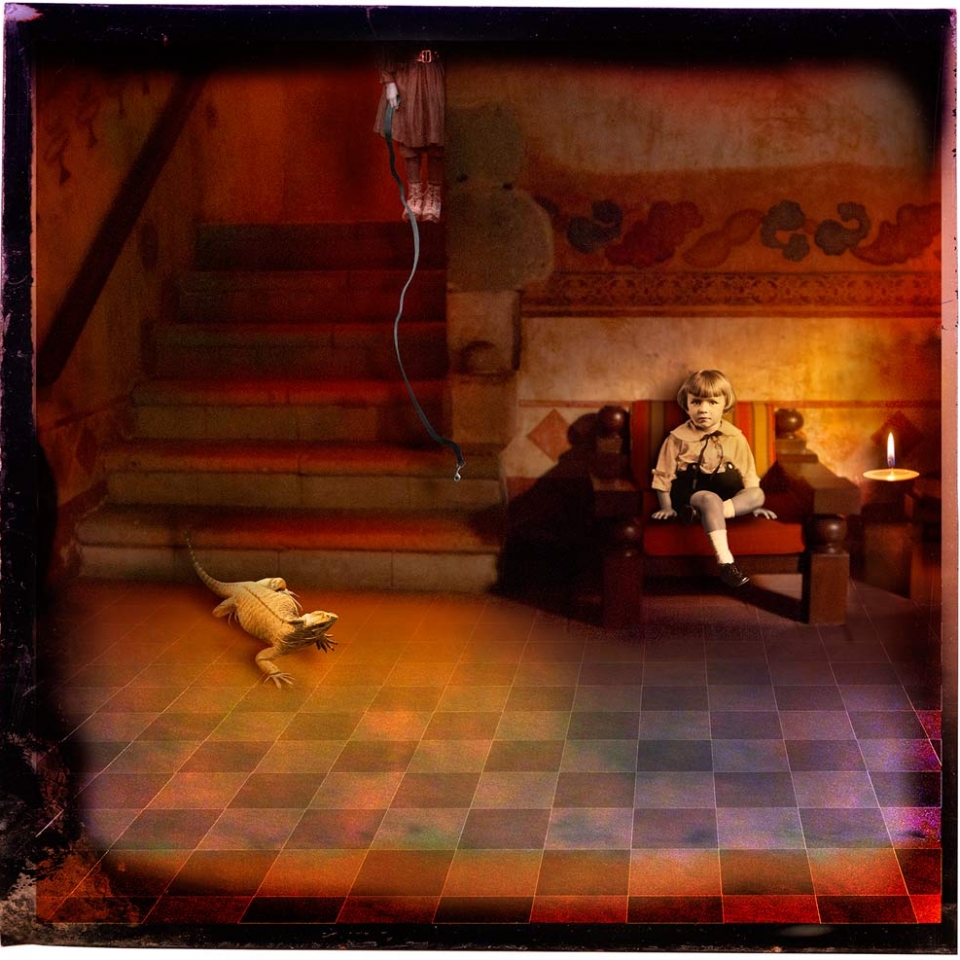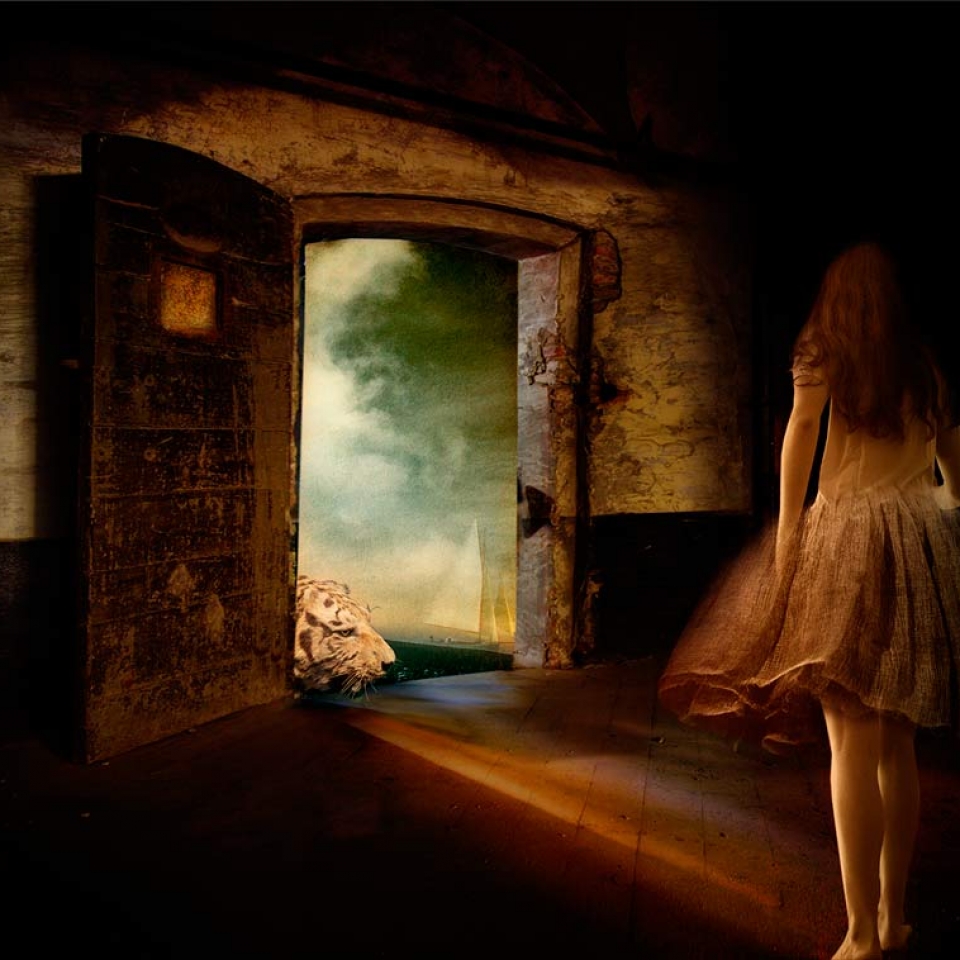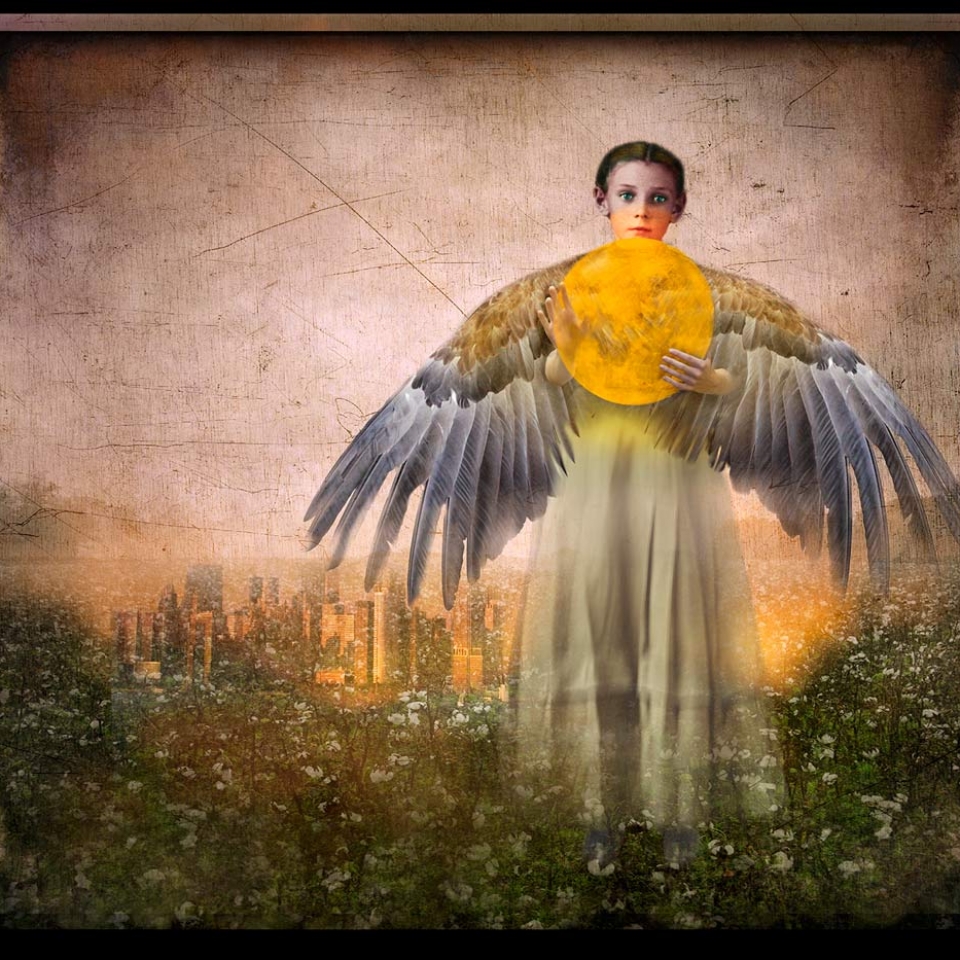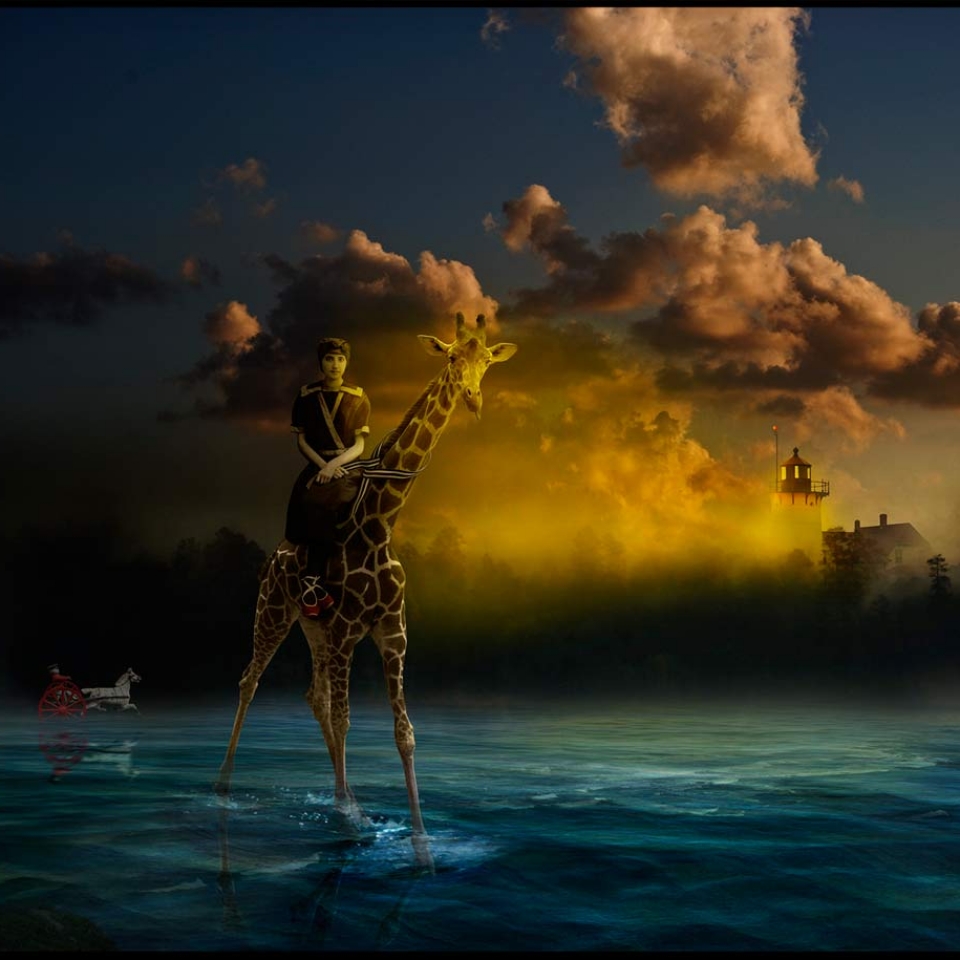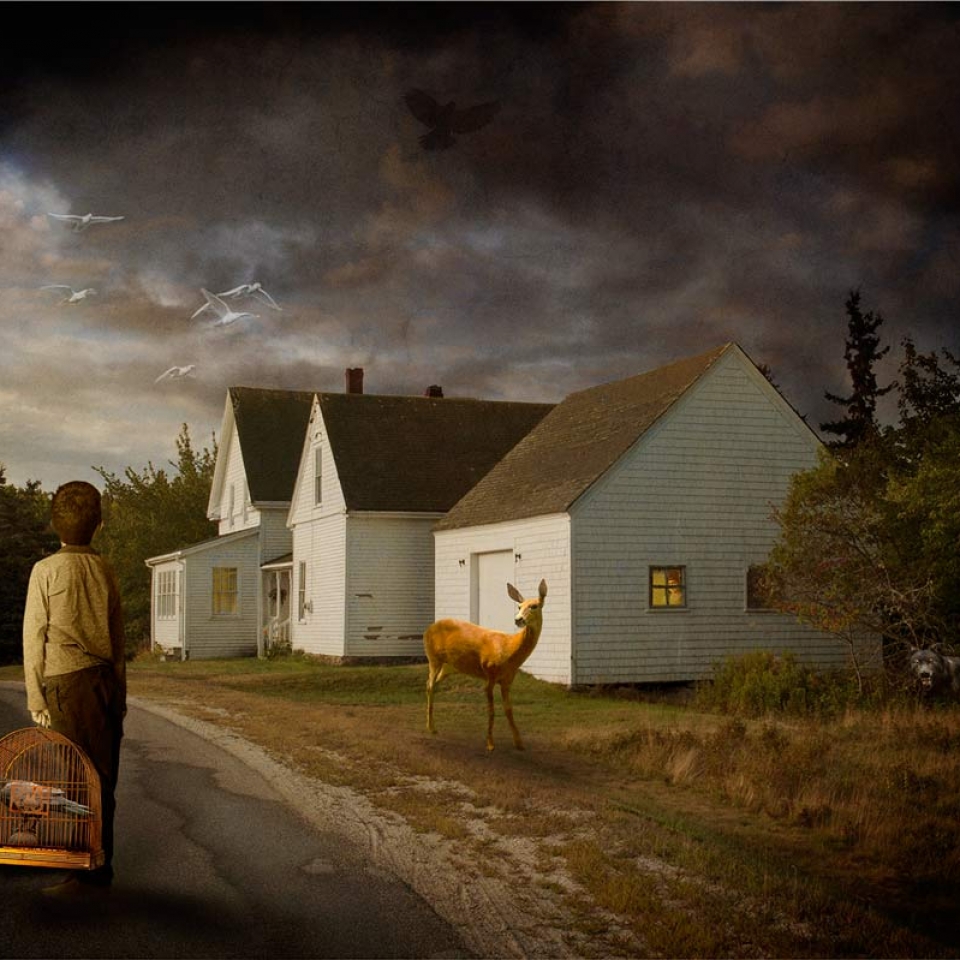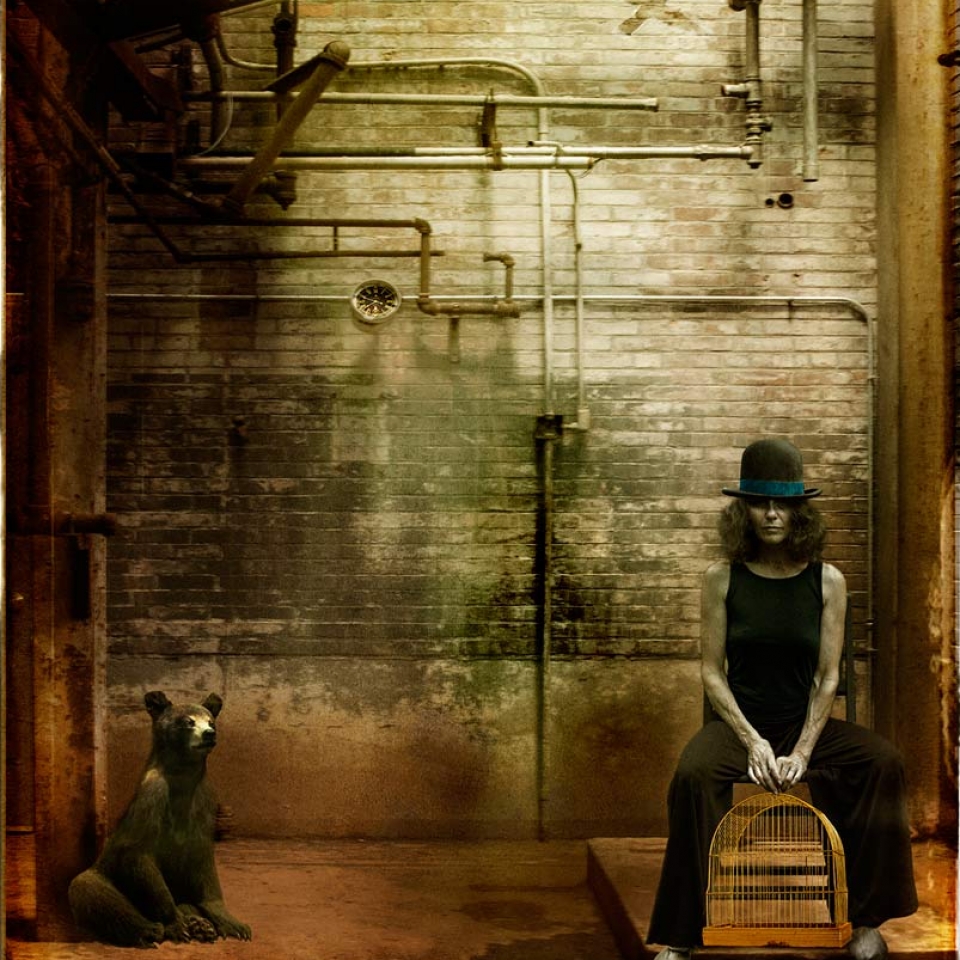Fran Forman
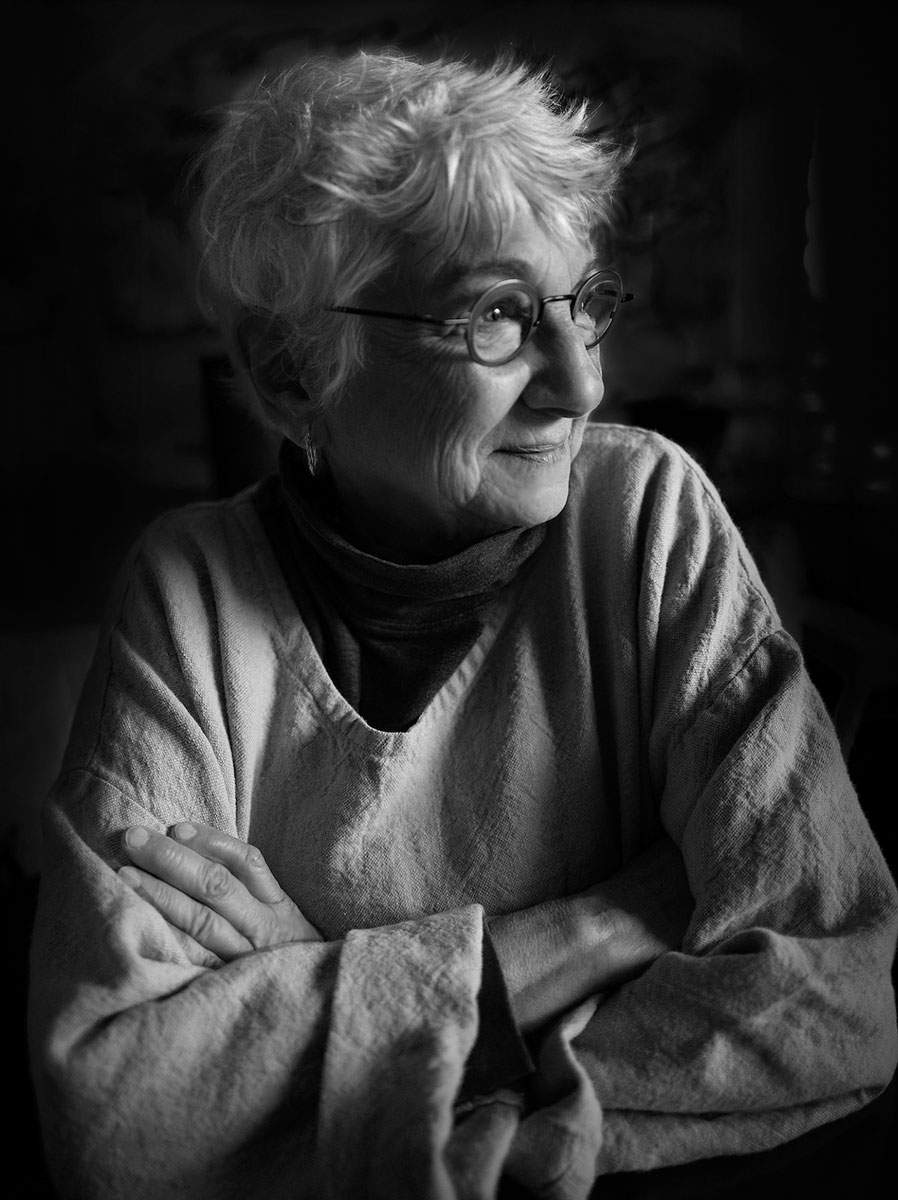
About
Fran Forman’s (www.franforman.com) photo-paintings are in the permanent collections of The Boston Museum of Fine Arts, The Smithsonian National Air and Space Museum (NASM, Washington, DC), the Museum of Fine Arts, Houston, The Grace Museum, Abilene, The Sunnhordland Museum, Norway, the Conner Collection at The University of Texas, and the North Down Museum, Northern Ireland. Fran’s latest book, The Rest Between Two Notes: Selected Work by Fran Forman, was published by Unicorn in 2020 and has won an International Photo Award and been selected as a best photo-book for 2020 by Elizabeth Avedon and What Will You Remember. Escape Artist: The Art of Fran Forman, was published by Schiffer Books in 2014 and has also won several prizes including a Best Photo-Book by Elizabeth Avedon. Fran has mounted many solo exhibitions, including The Fox Talbot Museum, Lacock Abbey, England, The Massachusetts State House (The Griffin Museum of Photography), AfterImage Gallery (Dallas), the University of North Dakota, Galeria Photo/Graphica (Mexico), and the Pucker Gallery (Boston), as well as numerous group shows. She has won numerous awards and prizes and has been featured in other magazines and publications. She held a succession of positions in the field of design, and was an art director at AOL Time Warner, where she designed the preeminent web site devoted to African American culture. Between professional life and raising her two daughters, Fran continued to create her personal art, combining her illustrative and photographic skills with a passion for surrealism, paradox, illusion, assemblage, and the dislocations of time and place. Born in Baltimore, Maryland, Fran studied art and sociology as an undergraduate at Brandeis University and then received an MSW, working for several years with heroin addicts. She earned an MFA from Boston University in graphic design, but spent most of her grad school years experimenting in the darkroom. Today Fran is an Affiliated Scholar at the Women’s Studies Research Center at Brandeis University and teaches workshops nationally and abroad. She is also a recipient of grants from the Sassower, Tyre, Tavris, and Puffin Foundations. She has been a Resident Artist at Holsnoy Kloster, Norway, The Millary Colony for the Arts, The Studios of Key West, and the Vermont Studio Center. She is represented by Pucker Gallery (Boston), Afterimage Gallery (Dallas), Susan Spiritus Gallery (Newport Beach, CA), Sohn Fine Art Gallery, and Galeria Photo/Graphica (San Miguel de Allende, Mexico).
Gallery
LACP Interviews Fran Forman
LACP asks Fran Forman ten questions about her background, career in and beliefs about photography.
LACP: What kind of photographer are you?
Fran Forman: I’m more of a hunter and gatherer. I shoot pictures wherever I go – things that interest me at the moment, not knowing quite where they’ll end up, if anywhere. I also scan objects, old photos, ephemera, my paintings, and I sometimes paint on my photographs or add gold leaf and encaustic. In fact, I used to do a lot of painting and drawing, and my photography tends towards the more “mixed media” or “painterly,” I think. The final photographic images are composited, so I guess I’m sometimes called a “photo montagist.” But I prefer to think of myself as someone who simply makes art.
LACP: How long have you been shooting?
FF: I always thought I would “do something in the arts.” I began to take photography seriously (as opposed to snapping picts of my dog or accidental photos of my friends’ feet) in the mid-70s. I’ve been more of a full-time “shooter” for about the past 15 years.
LACP: Where did you get your training?
FF: Because I did a lot of drawing as a child, I copied photographs that I liked from magazines such as Life and Look. Those photographs probably provided me with the best training in terms of composition, light, shadow, and emotional impact. Later, I spent hours pouring through issues of Camera magazine, where I was introduced to many of the photographers who continue to influence me today.
Later, while working at MIT, I had access to the darkroom, where I learned by trial and error – mostly error – and a lot of training from sympathetic and patient undergrads. Other than an occasional workshop, I haven’t had much in the way of professional training in photography, which I regret. Don’t ask me about the zone system.
LACP: When did you know you wanted to devote your life to photography?
FF: I always thought I “would do something in the arts,” because of my background in drawing and painting. But the moment the first image appeared from the liquid bath in the darkroom, I fell in love.
Eventually I realized I couldn’t make a living as a professional fine-art photographer, and I was only interested in creating my own personal tableau. So I entered an MFA program in graphic design. My first year of graduate school, however, was spent in the darkroom, and I didn’t really learn much about graphic design until after receiving my Masters. (Fortunately, by then, the technology was changing so rapidly that what I would have learned in graphic design school – had I not been in the darkroom – became obsolete, such as copy-fitting, type-setting, cutting rubylith with exacto blades).
I began using a computer to make drawings (with a mouse!) in 1989 and Photoshop in 1992 to combine those pictures with my photographs. That’s when I fell in love all over again.
LACP: Did you ever come close to giving up?
FF: I did move away from photography to become a graphic designer but returned full-time to photography after about 20 years. And although my career as a graphic designer pulled me in different directions, it ultimately served me well when I decided to devote myself full-time to fine art photography. For instance, as a designer, you’re always thinking about how best to communicate a message or emotion, how text and image should work in tandem to support that message, that there should be no “wasted real estate,” and that every part of that design – even the negative spaces – should service the message. And to do so, the design should be beautiful or bold and at the intersection of fine art, commerce and psychology. Similarly, I hope that my photographic composite images draw the viewer in by telling a story, creating a feeling, and that every pixel works to service that story.
LACP: Have you sacrificed anything by being a photographer?
FF: A steady income!
LACP: What have you gained by being a photographer?
FF: I look at the world differently. I pay attention to lights and darks, textures, clouds and bugs, enigmatic expressions, everything. All images, objects, or landscapes might become fodder for my photo montages. Also, and this may be more important, I’ve gained a community of artists – on a global scale – and I’ve been fortunate to travel places and meet people who share my passions. I now count among some of my closest friends people I’ve met in the global photographic community.
LACP: What classes do you teach at LACP?
FF: Creating the Photo Montage
LACP: What do you love most about teaching?
FF: I love to see students get as excited as I do when something clicks, when the tools that might have seemed daunting suddenly become second nature. It’s very liberating when the student realizes that the computer is just one more tool in the arsenal of image-making tools; then the imagination is free to soar and art happens. That’s so cool!
LACP: What advice would you give someone who is thinking about making a career in photography?
FF: Work every day. Be willing to make mistakes, to be confused and frustrated. Experiment. Have fun. Look at and read about the work of others: not only photographers but painters, sculptors. Read books. Read good books. Read history. Listen to music – good music. Get a day job.
